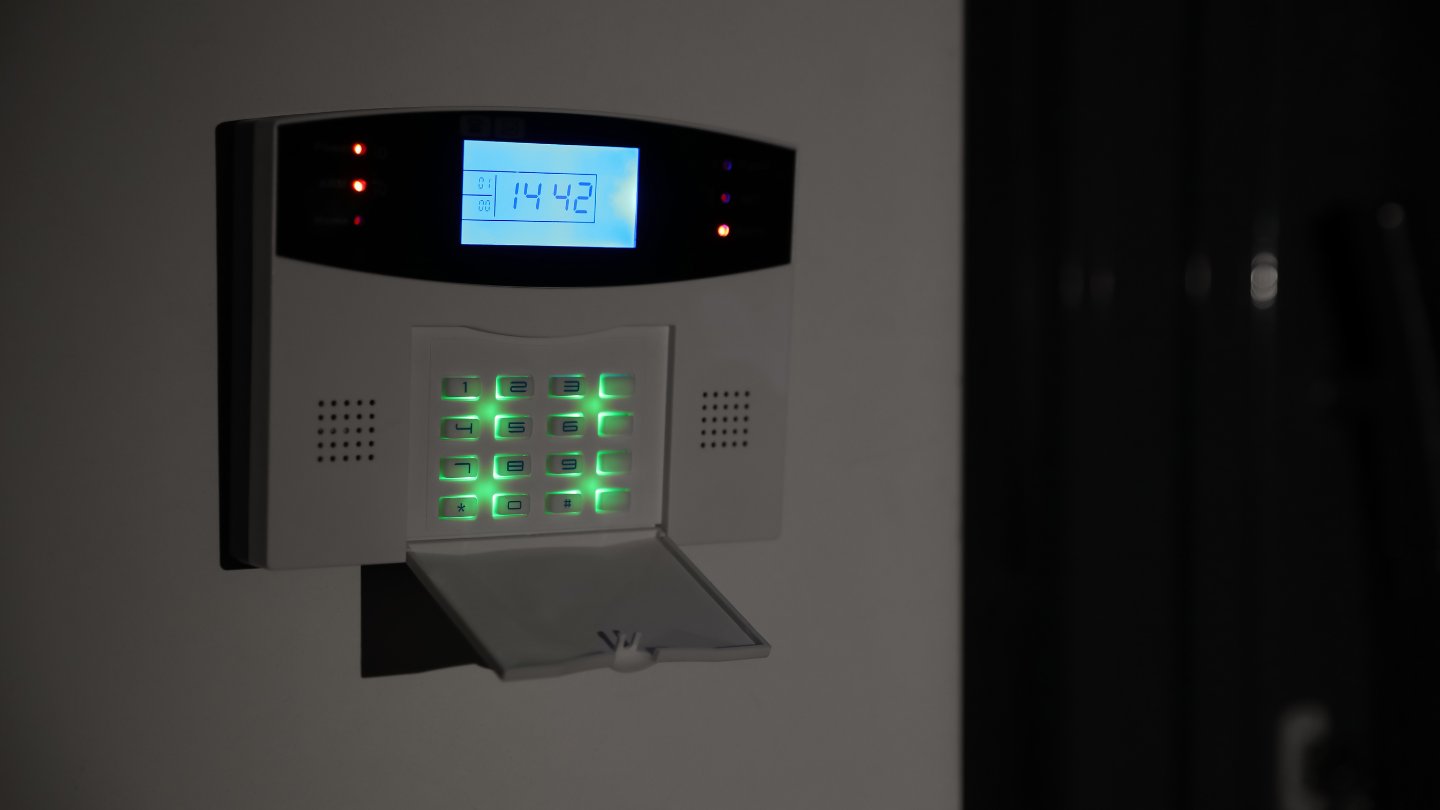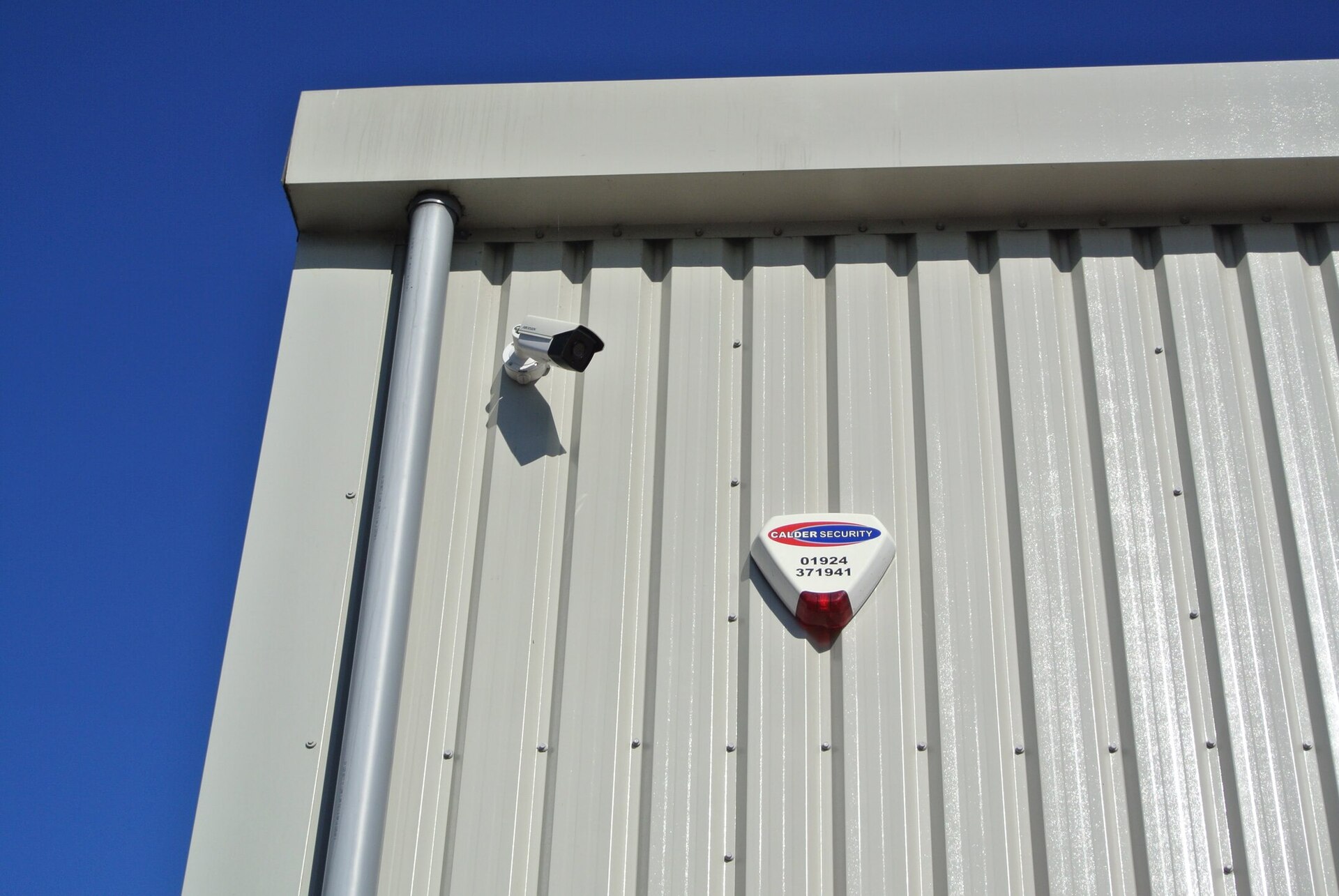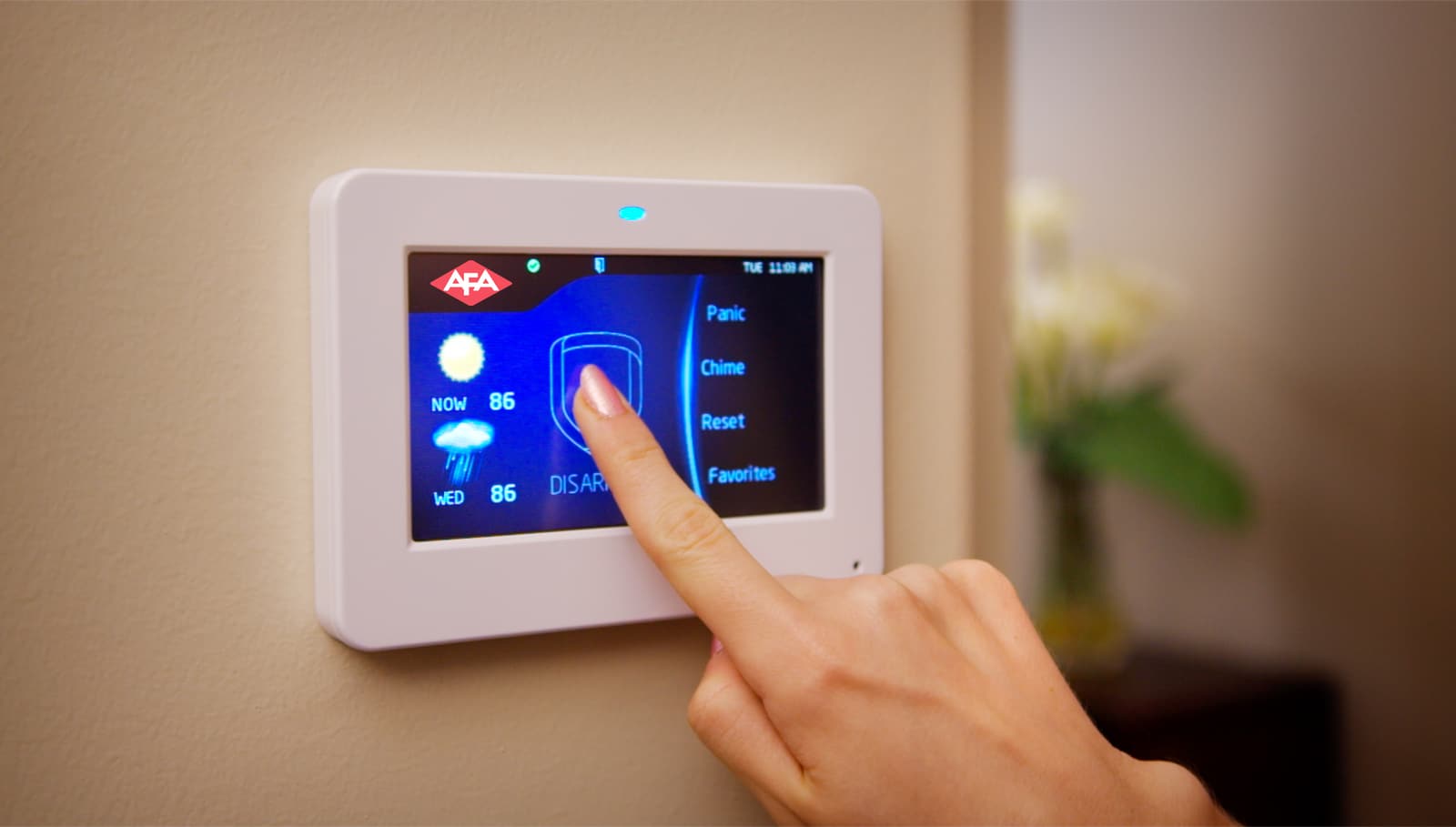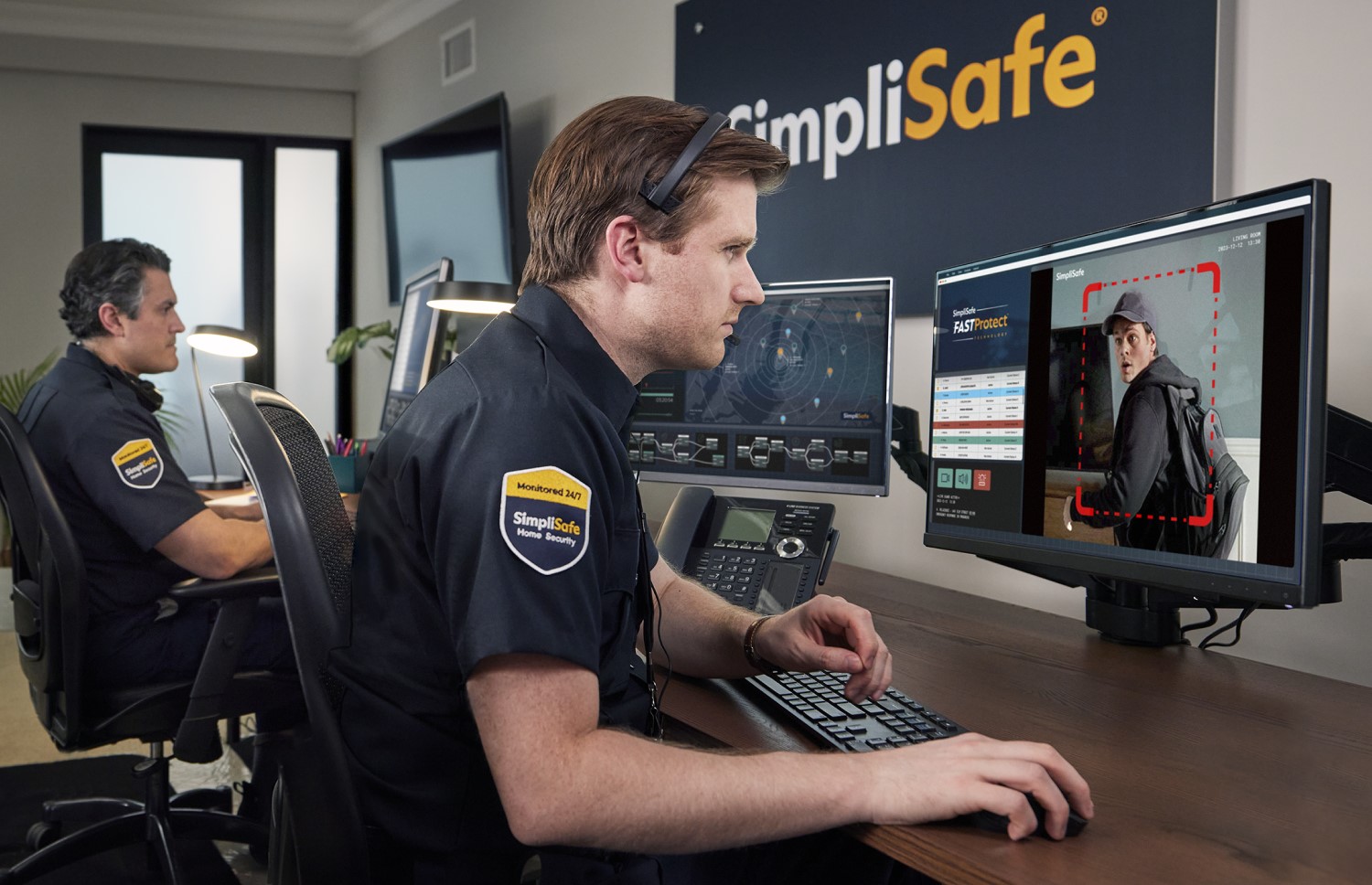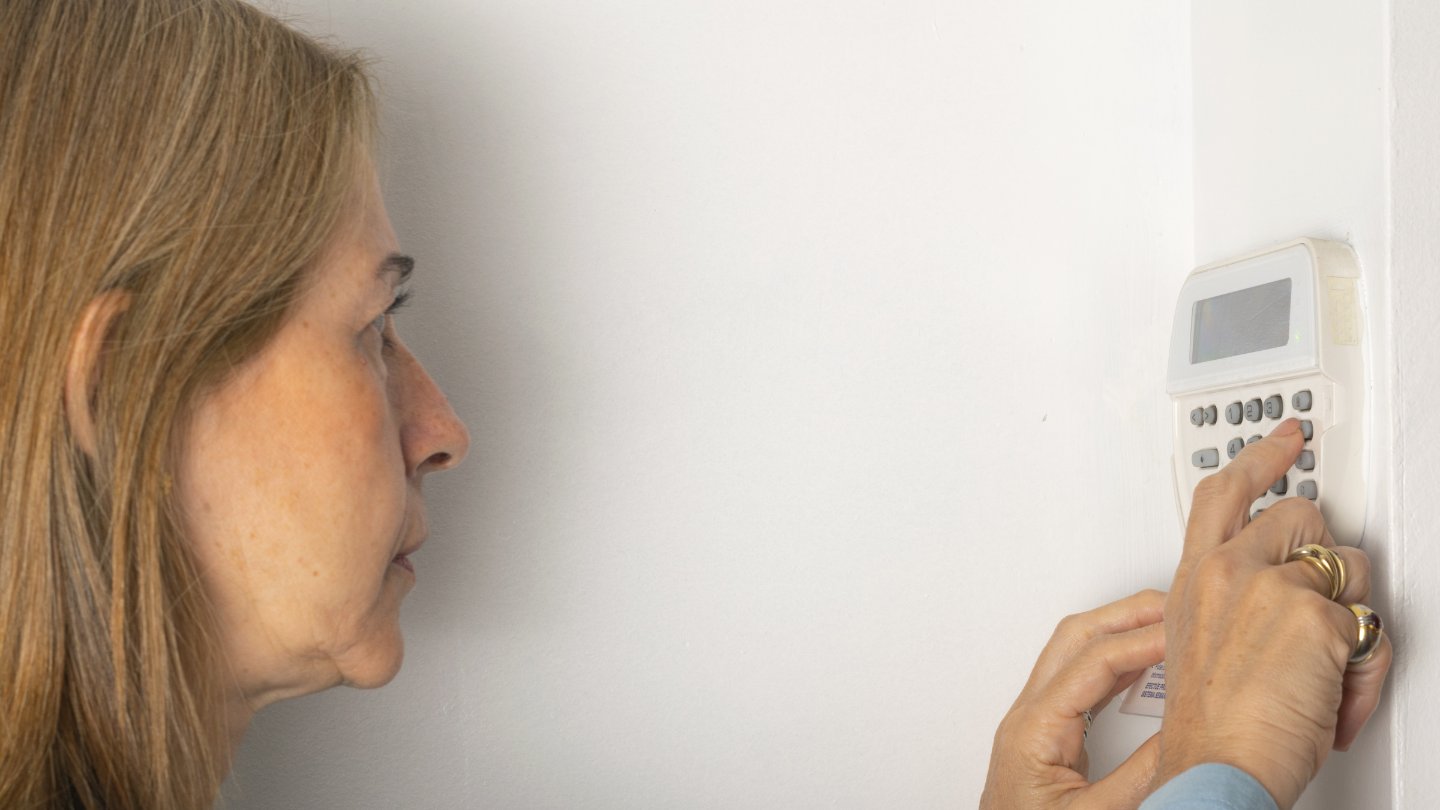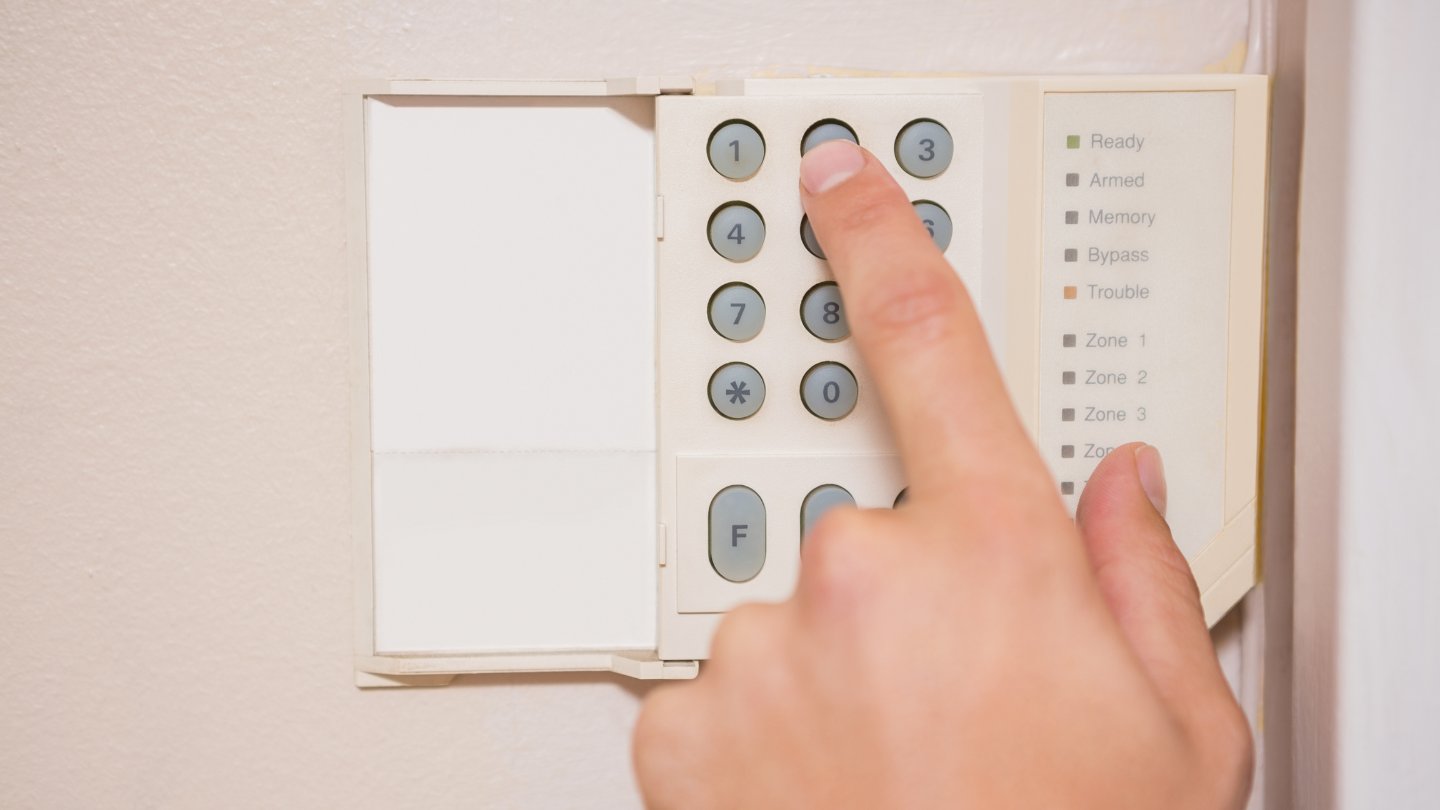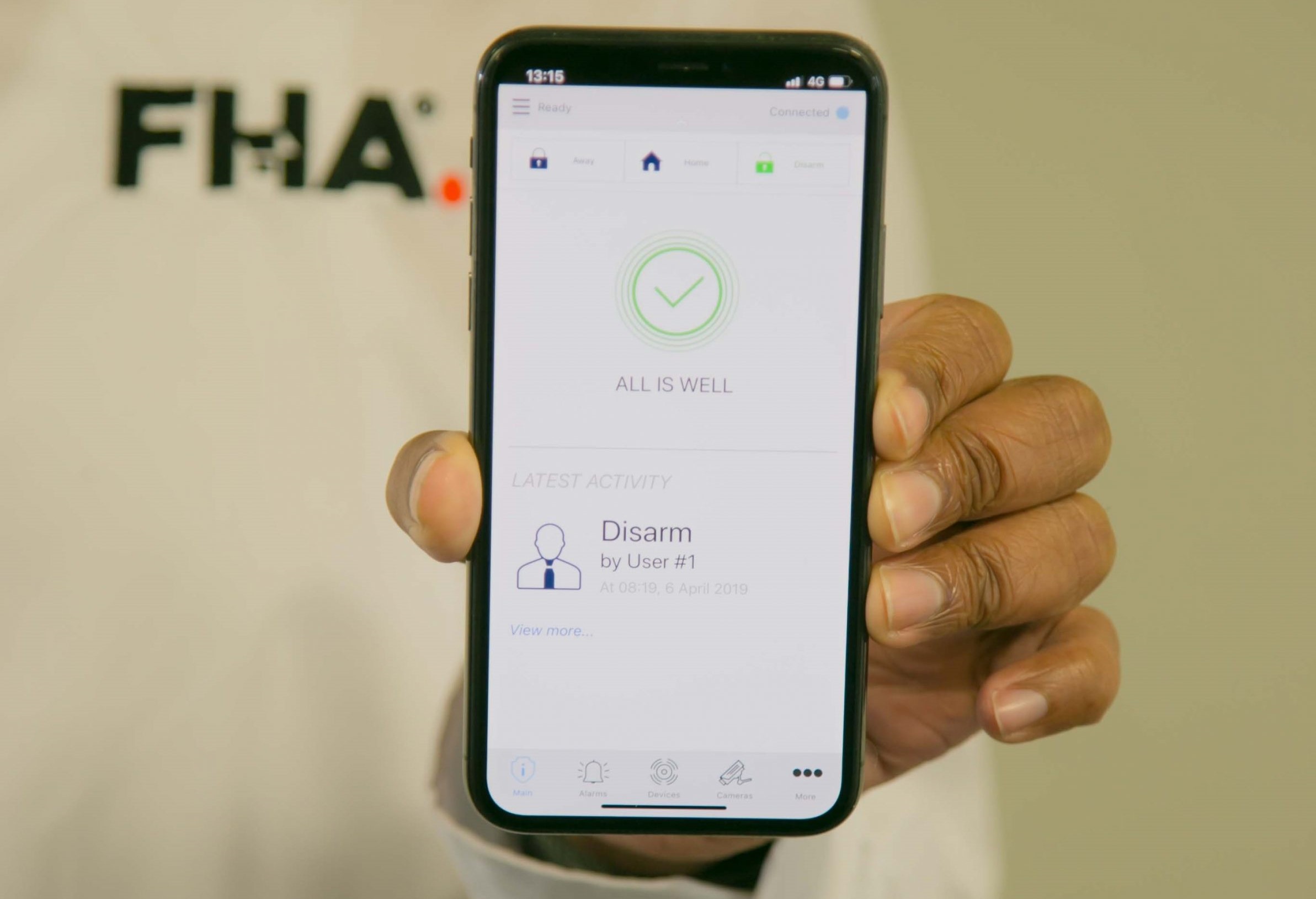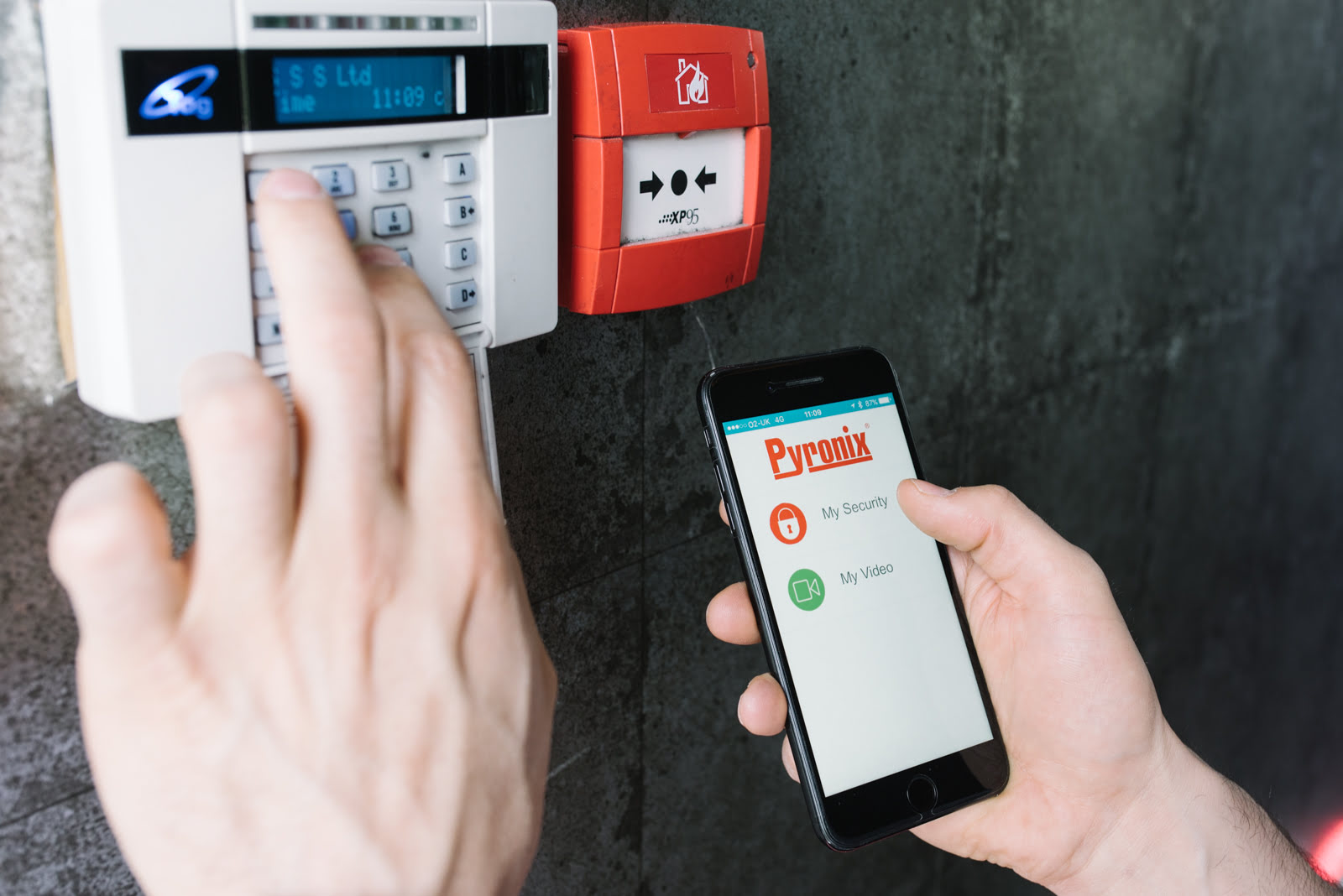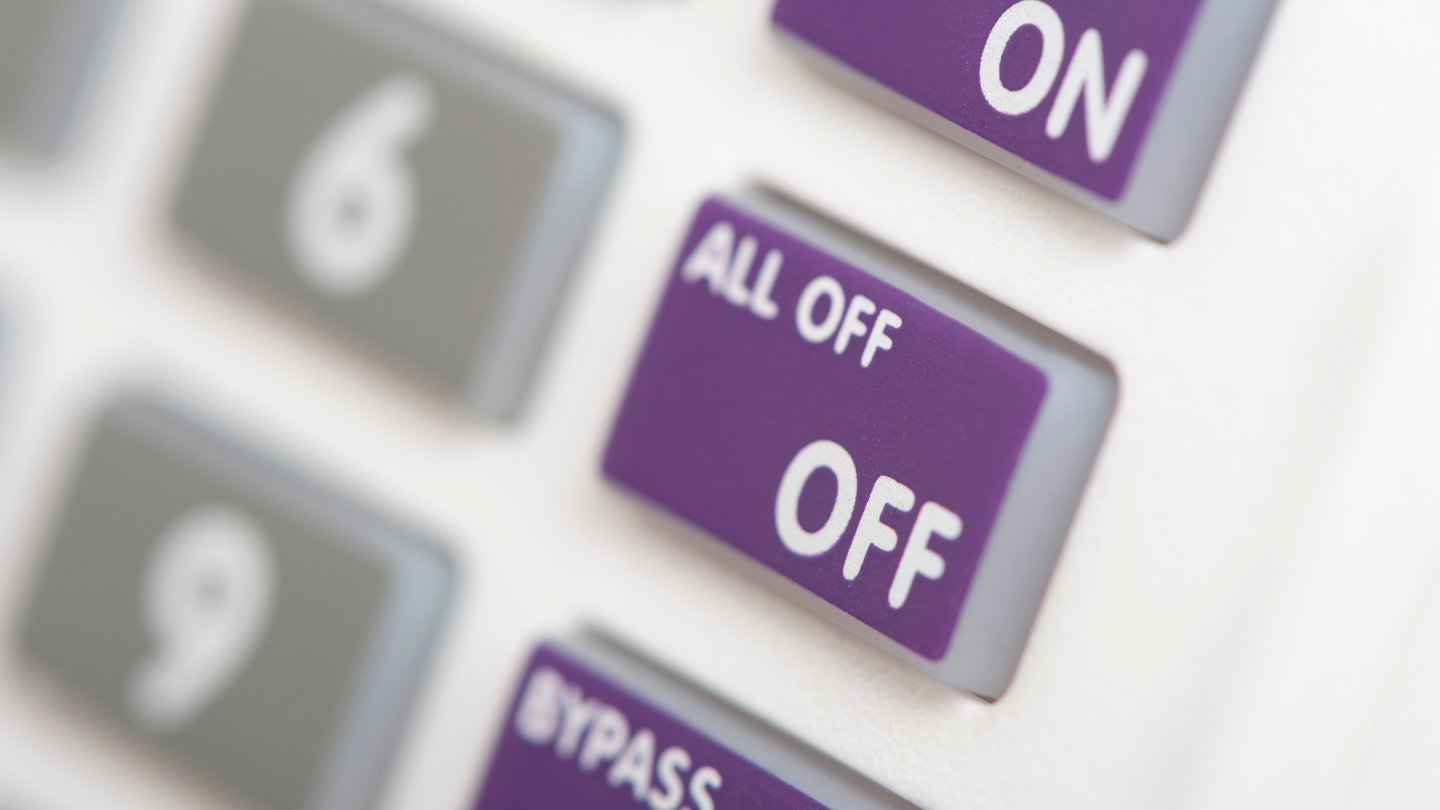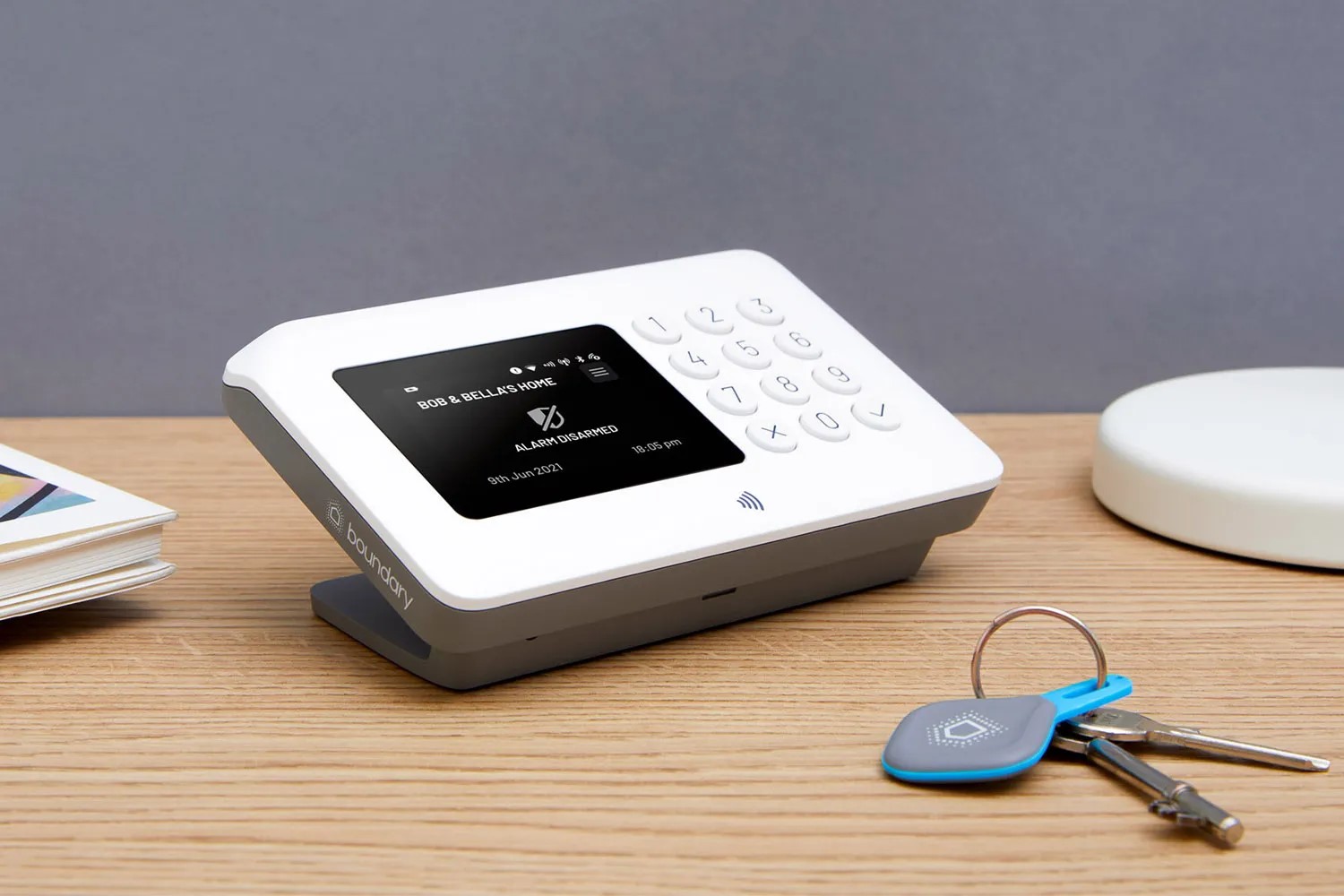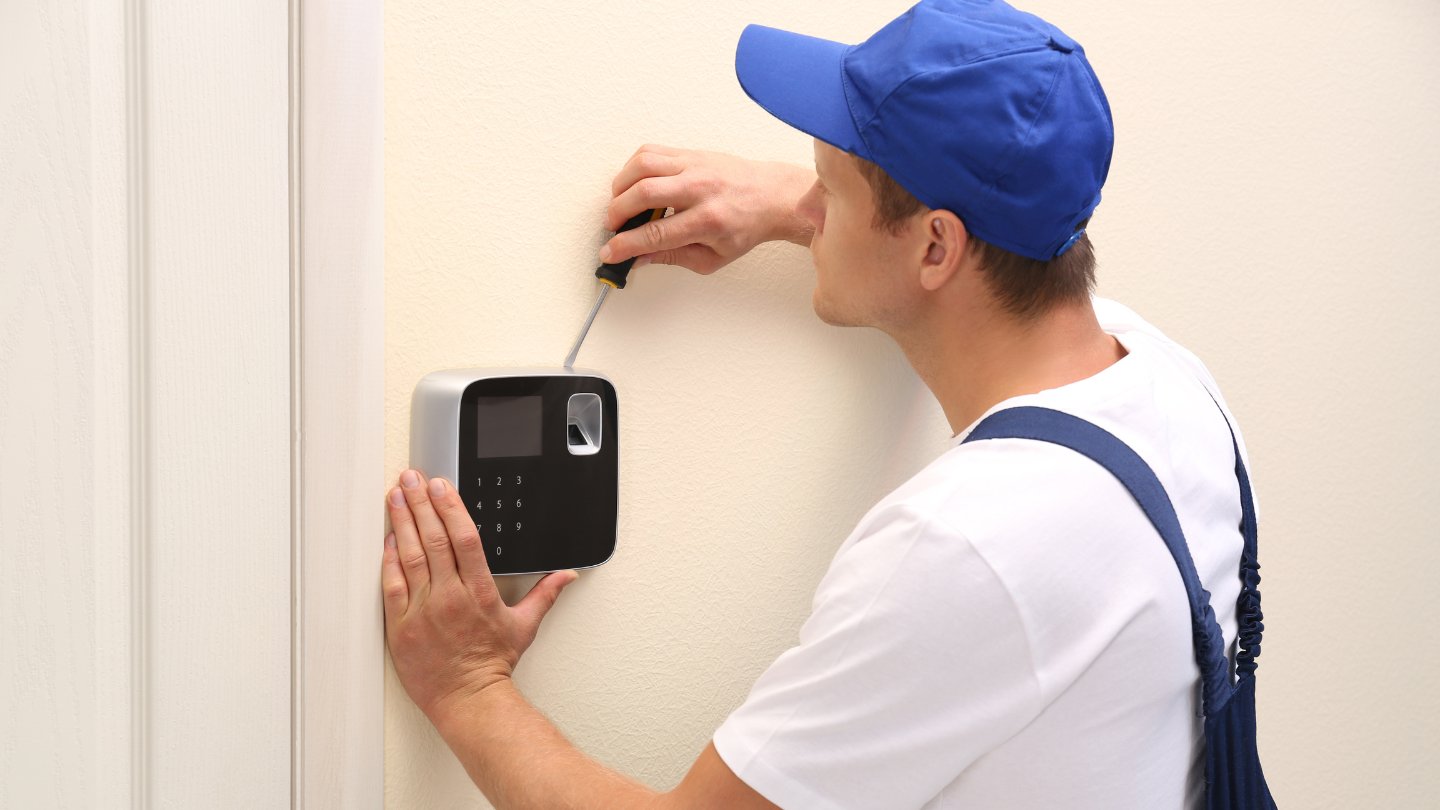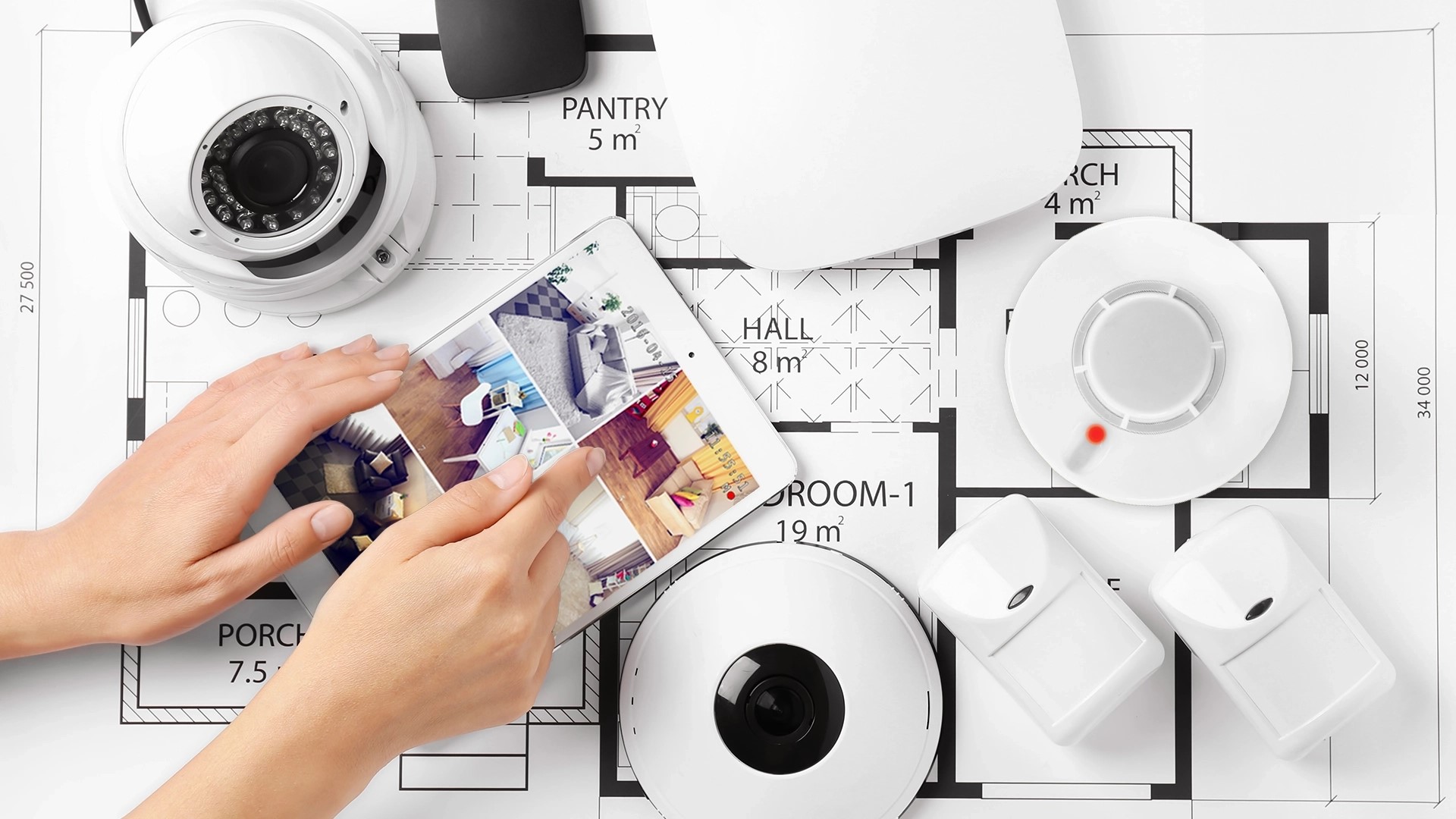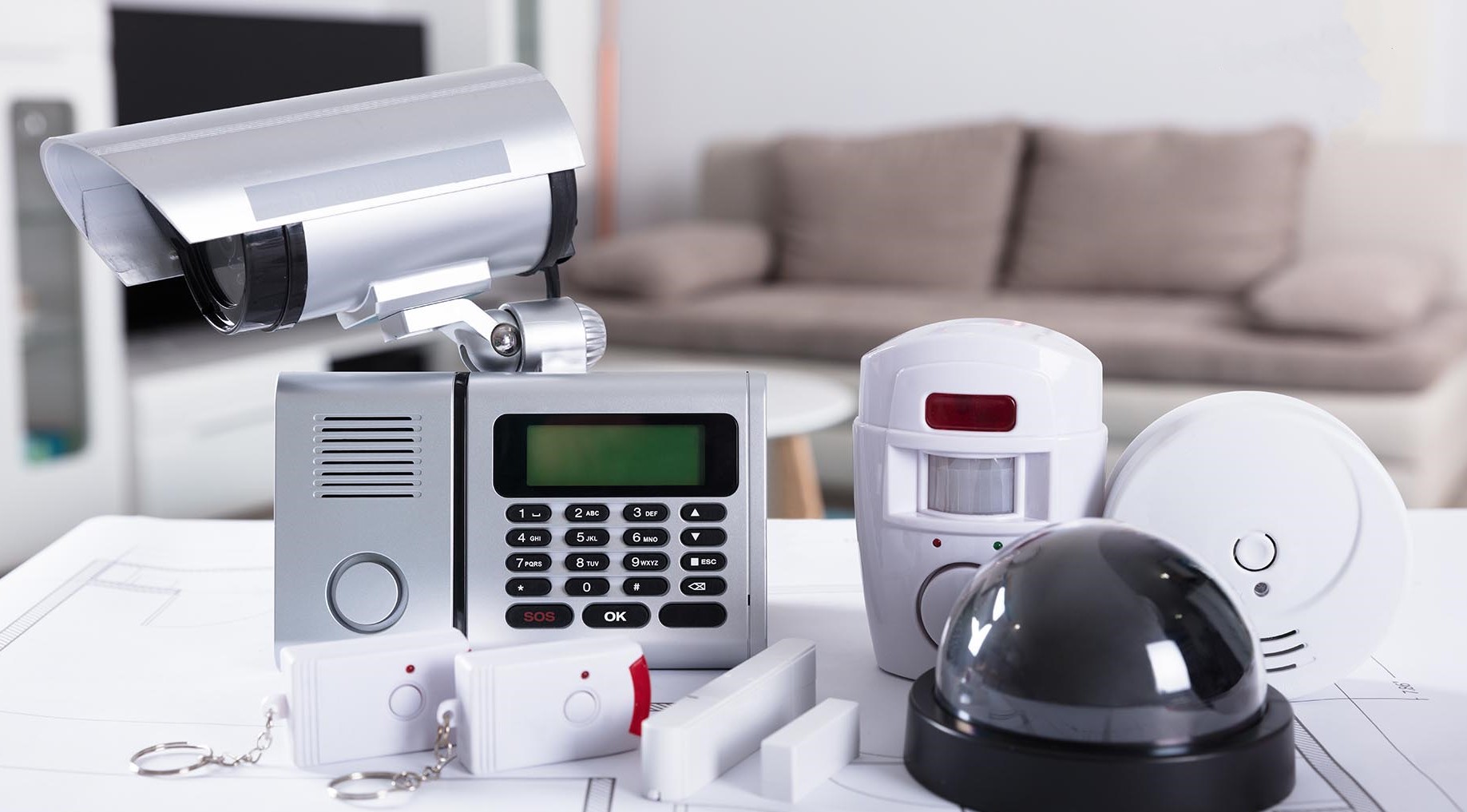Home>Home Security and Surveillance>What Device Communication Protocol Does A Burglar Alarm Processor Use
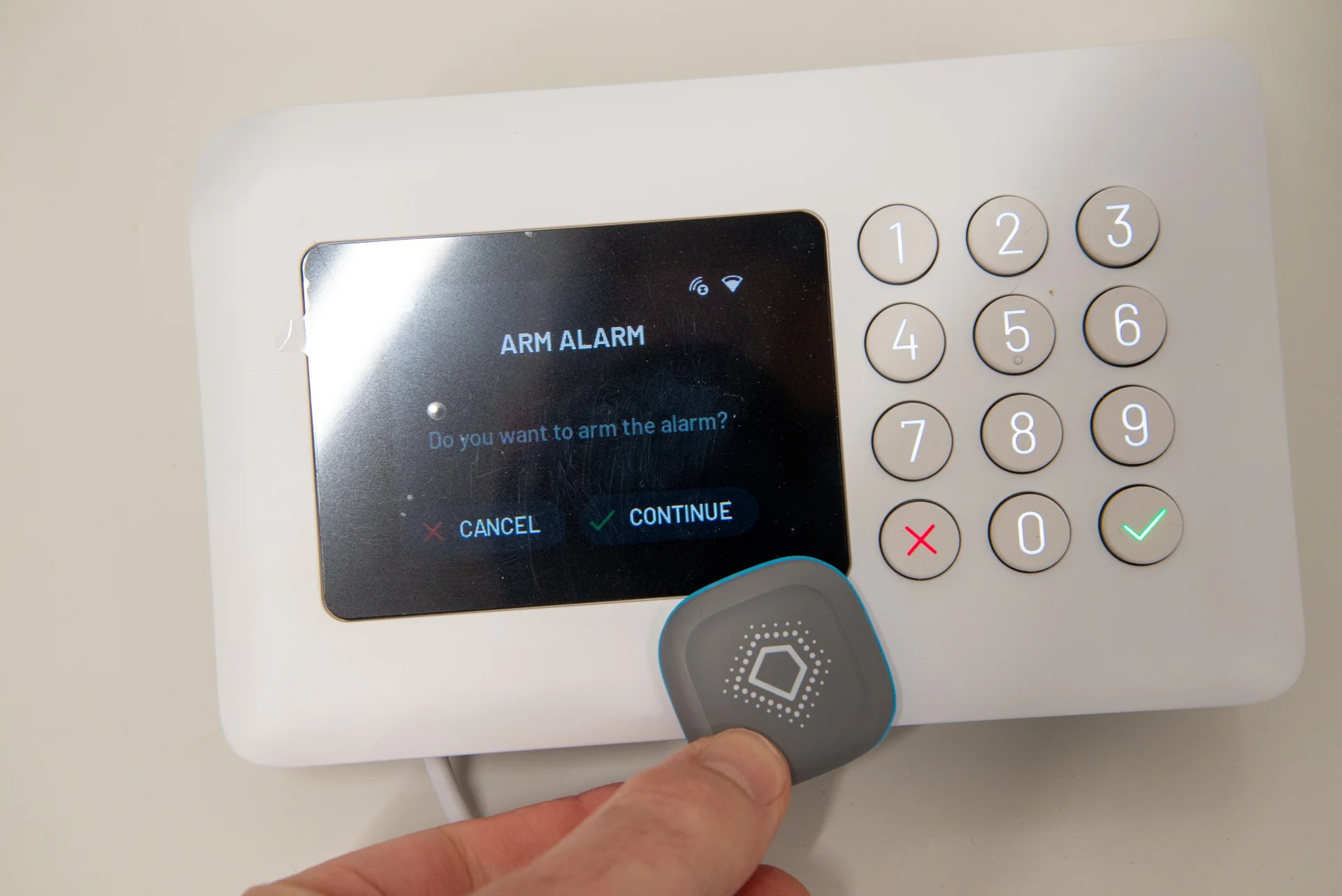

Home Security and Surveillance
What Device Communication Protocol Does A Burglar Alarm Processor Use
Modified: March 6, 2024
Discover how a burglar alarm processor in home security and surveillance systems utilizes a specific device communication protocol for enhanced protection and monitoring. Enhance your understanding of this crucial aspect to strengthen your home security today.
(Many of the links in this article redirect to a specific reviewed product. Your purchase of these products through affiliate links helps to generate commission for Storables.com, at no extra cost. Learn more)
Introduction
Welcome to the world of home security and surveillance! In today’s rapidly evolving technological landscape, ensuring the safety and security of our homes has become a top priority. With the rise of smart homes and connected devices, home security systems have become more advanced and sophisticated than ever before. One crucial component of any home security system is the burglar alarm processor, which plays a pivotal role in detecting intrusions and triggering the alarm. But have you ever wondered what device communication protocol a burglar alarm processor uses?
In this article, we will delve into the fascinating world of device communication protocols and explore the specific protocol used by burglar alarm processors. Understanding this technology is crucial for homeowners, as it not only ensures seamless communication between devices but also contributes to the overall effectiveness of a home security system.
So, let’s dive in and unravel the mysteries of device communication protocols in the context of burglar alarm processors!
Key Takeaways:
- Burglar alarm processors use the Contact ID protocol to communicate alarm events to monitoring stations, ensuring quick response and system health checks. It’s like sending a secret code to a superhero headquarters for help!
- Newer protocols like IP and cellular communication offer faster and more reliable alarm transmission, providing flexibility and resistance to tampering. It’s like upgrading from regular mail to express delivery for urgent messages!
Read more: What Is Central Burglar Alarm
Understanding Device Communication Protocols
Before we discuss the specific protocol used by burglar alarm processors, let’s take a moment to understand what device communication protocols are and why they are essential.
In simple terms, a device communication protocol is a set of rules and standards that dictate how devices transmit and receive data. It defines the format, timing, and sequence of data packets exchanged between devices, ensuring that they can communicate effectively.
Device communication protocols can be classified into two main categories: wired protocols and wireless protocols. Wired protocols utilize physical connections, such as Ethernet cables, to transmit data, while wireless protocols rely on wireless signals, such as Wi-Fi or Bluetooth, for communication.
These protocols play a crucial role in enabling devices to communicate with each other seamlessly. They ensure that information is transmitted accurately, reliably, and securely between devices, allowing them to work together in harmony.
Device communication protocols also provide a standardized framework, facilitating interoperability between different brands and types of devices. This means that devices from different manufacturers can communicate and interact with each other regardless of their specific make or model.
Furthermore, device communication protocols determine factors such as data transfer rates, signal strength, range, and energy consumption. These factors are essential for optimizing the performance and efficiency of devices, ultimately enhancing the overall user experience.
Now that we have a basic understanding of device communication protocols, let’s explore some of the common protocols used in the realm of home security and surveillance.
Common Device Communication Protocols
When it comes to home security and surveillance systems, there are several common device communication protocols that you’re likely to encounter. Let’s take a look at a few of the most widely used protocols in this domain:
- Wi-Fi: Wi-Fi, short for Wireless Fidelity, is a ubiquitous wireless communication protocol that is widely used in homes and businesses. It provides high-speed wireless connectivity and is commonly utilized by various smart home devices, including security cameras, doorbell cameras, and motion sensors. Wi-Fi enables these devices to connect to your home network, allowing you to monitor and control them remotely using smartphone apps or web interfaces.
- Z-Wave: Z-Wave is a wireless communication protocol specifically designed for home automation and security. It operates on a low-power radio frequency, making it efficient and ideal for battery-powered devices. Z-Wave devices create a mesh network, where each device acts as a repeater, extending the network’s range and ensuring reliable communication between devices. This protocol is commonly used for devices such as door/window sensors, motion detectors, and smart locks.
- Zigbee: Zigbee is another wireless communication protocol widely used in home automation and security systems. Similar to Z-Wave, Zigbee operates on a low-power radio frequency and supports mesh networking. It is known for its low latency, low power consumption, and reliable communication. Zigbee devices, such as smart lights, smart plugs, and temperature sensors, can seamlessly integrate with a Zigbee-enabled hub or gateway for centralized control.
- Bluetooth: Bluetooth is a short-range wireless communication protocol primarily used for connecting devices in close proximity. While it is commonly associated with wireless headphones and speakers, Bluetooth is also utilized in home security systems. Bluetooth devices, such as key fobs and access control systems, provide convenient and secure access to your home or security system with minimal setup.
These are just a few examples of the many device communication protocols used in home security and surveillance systems. Each protocol has its own strengths and is tailored to specific use cases and requirements. The choice of protocol depends on factors such as the type of device, range requirements, power constraints, and interoperability with other devices.
Now that we have explored some common device communication protocols, let’s focus on the specific protocol used by burglar alarm processors.
A burglar alarm processor typically uses the communication protocol known as Contact ID, which allows the processor to send signals to a monitoring station in the event of an alarm.
Device Communication Protocol for Burglar Alarm Processors
When it comes to burglar alarm processors, the primary device communication protocol used is typically the Contact ID protocol. Contact ID is a widely adopted standard for central station alarm monitoring. It allows the burglar alarm processor to transmit alarm and status messages to a central monitoring station for immediate response and action.
The Contact ID protocol operates over a telephone line or an internet connection, depending on the specific setup of the alarm system. It uses a series of numeric codes and data fields to convey information about the alarm event. These codes and fields include details such as the type of alarm (e.g., burglary, fire, medical), the specific zone or sensor that triggered the alarm, and the status of the system (e.g., armed, disarmed, in test mode).
In addition to transmitting alarm events, the Contact ID protocol also allows for the transmission of system status and supervisory messages. This enables the central monitoring station to receive information about the overall health and status of the burglar alarm system, ensuring that it is functioning correctly and ready to respond to any emergencies.
One of the key benefits of using the Contact ID protocol for burglar alarm processors is its compatibility with a wide range of monitoring equipment and software. This ensures interoperability and ease of integration with different central monitoring stations and alarm monitoring software platforms.
Furthermore, the Contact ID protocol provides a secure and reliable means of communication between the burglar alarm processor and the central monitoring station. It employs various error-checking mechanisms to ensure the accuracy and integrity of transmitted data, reducing the risk of false alarms or missed events.
As technology advances, some burglar alarm processors also support newer communication protocols such as IP (Internet Protocol) or cellular communication. These protocols offer faster and more reliable transmission of alarm events, eliminating the need for a traditional phone line connection. IP and cellular-based communication are increasingly popular options for their flexibility, scalability, and resistance to line tampering.
It’s worth noting that the choice of device communication protocol for burglar alarm processors may vary depending on the specific system requirements, regulations, and preferences of the homeowner or security provider. It’s essential to consult with a professional security provider to determine the most suitable protocol for your specific needs.
Now that we have explored the device communication protocol used by burglar alarm processors let’s conclude our discussion.
Conclusion
In conclusion, understanding the device communication protocol used by burglar alarm processors is essential for homeowners seeking to bolster their home security systems. The Contact ID protocol is widely adopted and provides a robust means of transmitting alarm events and system status messages to a central monitoring station. Its compatibility with various monitoring equipment and software enables seamless integration and interoperability.
While the Contact ID protocol remains a popular choice, advancements in technology have also introduced alternative protocols such as IP and cellular communication. These protocols offer faster and more reliable transmission of alarm events, providing greater flexibility and resistance to tampering.
Ultimately, selecting the most suitable device communication protocol for a burglar alarm processor depends on individual needs, system requirements, and the expertise of a professional security provider. It’s essential to consider factors such as connectivity options, reliability, security, and interoperability when choosing a protocol.
As the field of home security and surveillance continues to evolve, device communication protocols will play a pivotal role in ensuring seamless communication and enhancing the effectiveness of alarm systems. By staying informed about the latest protocols and consulting with trusted professionals, homeowners can make informed decisions and enjoy the peace of mind that comes with a robust home security system.
We hope this article has shed light on the importance of device communication protocols and their specific application in the context of burglar alarm processors. With this knowledge, you can confidently navigate the world of home security and make informed choices to protect your home and loved ones.
Frequently Asked Questions about What Device Communication Protocol Does A Burglar Alarm Processor Use
Was this page helpful?
At Storables.com, we guarantee accurate and reliable information. Our content, validated by Expert Board Contributors, is crafted following stringent Editorial Policies. We're committed to providing you with well-researched, expert-backed insights for all your informational needs.
